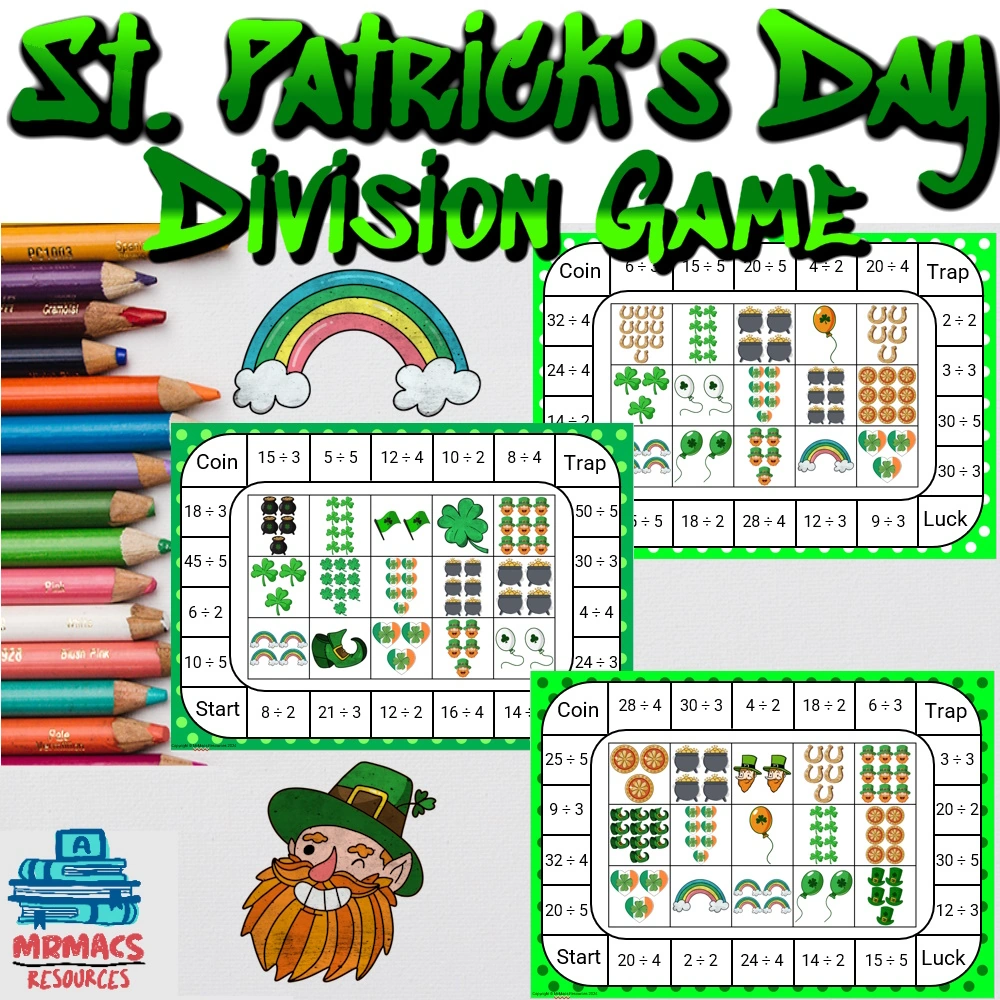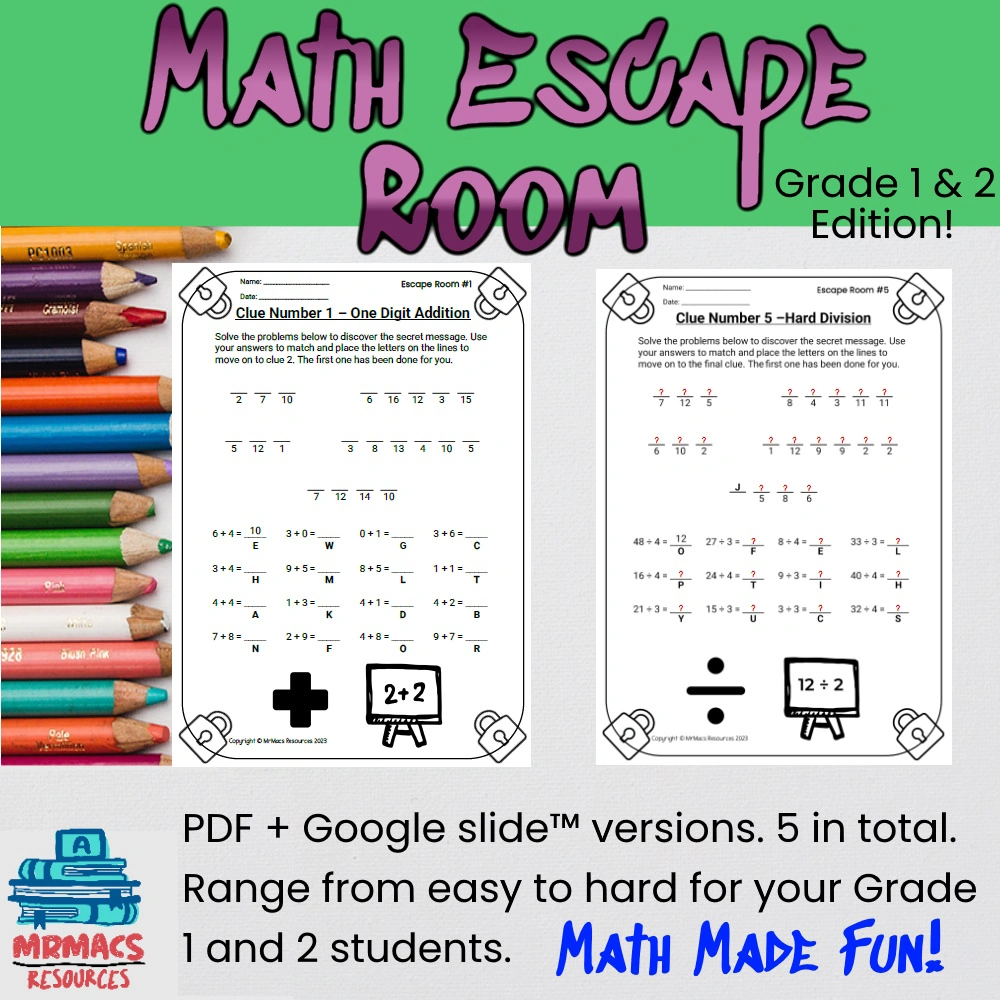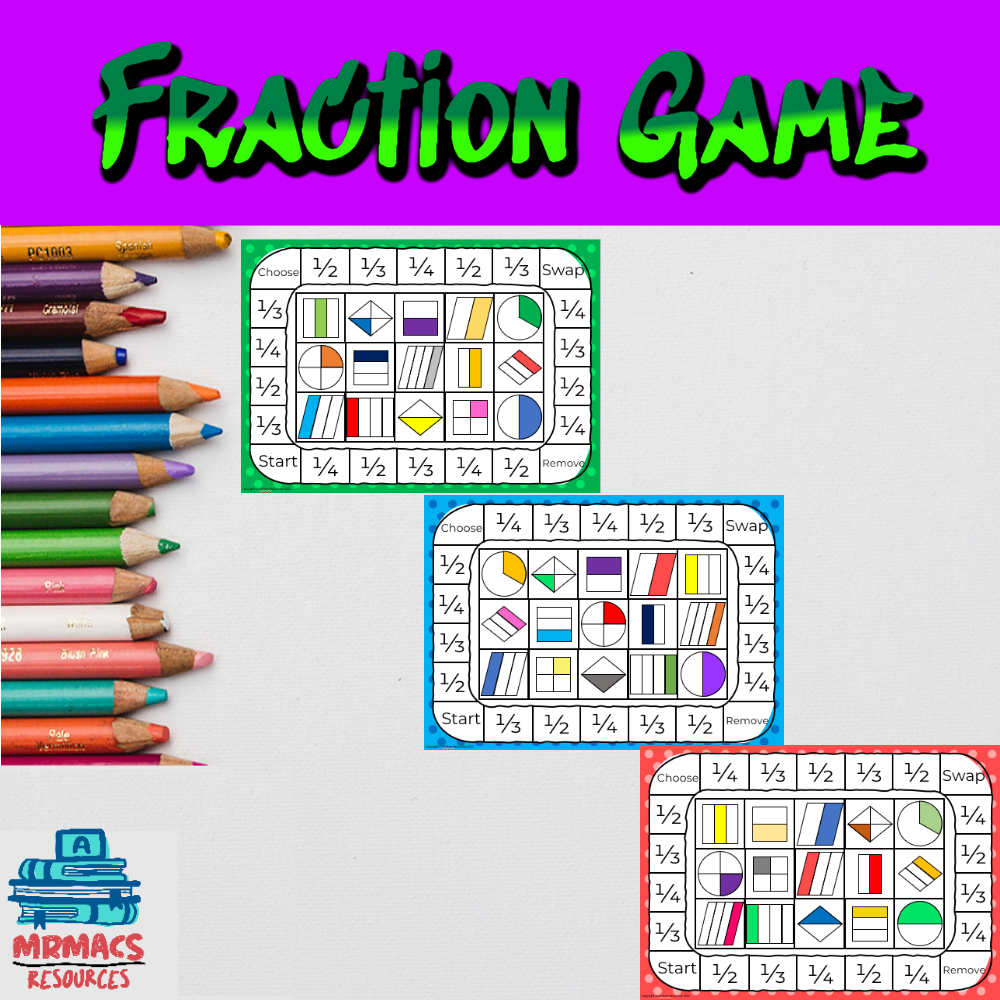
Starting a Teachers Pay Teachers (TPT) store in 2024 offers educators an innovative way to share their resources and knowledge with a wider audience while generating additional income. The TPT platform has become an invaluable tool for teachers seeking original educational content. As digital storefronts continue to thrive, establishing a TPT store stands as a promising opportunity for educators to monetise their expertise and contribute to a global community of learners.
Above all, high-quality, relevant products are pivotal to your success on the platform. It involves a commitment to consistently developing and refining educational materials that resonate with educators around the world. Additionally, effective strategies to drive traffic, such as creating engaging product lines, can enhance your TPT store’s visibility and attract potential customers.
In this post, I’ll guide you step by step on how to best set up a successful TPT store.
Setting Up Your TPT Store
When starting a TPT store, you must make strategic decisions about your niche, store name, and brand design. After all, each choice sets the stage for your shop’s identity and appeal to fellow teachers.
Create Your TPT Seller Account
The first thing you need to do is to create a TPT seller’s account. On TPT, you have two options. A basic seller account and a premium seller account. If you are new and are just starting out then a basic sellers account is all you need. Once you start to get sales, you can then consider upgrading to a premium account..
The key differences of each are as follows:
Account Type | Membership Fee | Commission Rate | Transactional Fees |
Basic Seller Account | One-time fee of $29.00 | 55% of all sales | 30 cents per resource |
Premium Seller Account | $59.95 per year | 80% of all sales | 15 cents per resource under $3 |
Choosing Your Niche for Your TPT Store
Firstly, what is a niche and why is it important for success in creating a TPT store? A niche is a specialised segment of the market that your store needs to cater to. You should select a niche based on subjects you are passionate about or even better, where you identify a need. For example:
- Primary Maths Games
- Classroom Management Resources
- Science Experiments for High School
Once you identify and stick to a niche you can target your products and attract a dedicated customer base.
Creating a Store Name
Your store name should be memorable, relevant to the chosen niche, and evoke a sense of what your store offers. An effective name can enhance discoverability and brand recall. You should consider using:
- Alliteration: Stellar Science Supplies
- Educational references: Grammar Specialists
A unique name helps your store stand out in the TPT marketplace.
Designing Your Brand
Branding encompasses the visual elements of your TPT store, such as the logo and colour scheme. A strong brand will communicate your store’s ethos and attract a target audience. You should:
- Design a logo that is simple yet distinguishable.
- Choose a colour palette that reflects your niche and is visually appealing.
- Try to use colours that complement each other.
Consistent branding across your products and product lines can contribute to a professional and trustworthy image.
Setting up Payment for Your TPT Store
In short, TPT uses a third-party payment platform called Hyperwallet to pay its TPT sellers. You will need to set up an account with them to get paid each month.
Developing Products for Your TPT Store
When starting a TPT store, your success hinges on your ability to generate quality products that resonate with other teachers. It is essential to understand the legal nuances of copyright, the importance of creating high-quality content, and best practices for formatting and presentation to ensure that your resources stand out.
Understanding Copyright
Copyright law protects original works of authorship, including educational material. When creating products for TPT, it’s paramount to create original content or have the appropriate permissions for any third-party resources. Avoiding copyright infringement not only upholds integrity; it ensures that your store maintains a sterling reputation.
- Original Works: Always use your own lesson plans, activities, and educational resources.
- Licencing: If you plan on using resources from third parties such as clipart from other teachers, you will need to make sure that you have permission to use the clipart commercially.
Creating Quality Content for Your TPT Store
Before you sell products on TPT you need to first make a free resource. Afterwards you can start to make quality products.
Quality content serves as the backbone of any successful product. A high-quality TPT resource reflects a deep understanding of teaching needs and curriculum standards. You should tap into your passion for education and expertise to craft resources that provide real value.
- Curriculum Alignment: Depending on your resource it can be a good idea to align your products with curriculum standards to enhance relevance.
- Instructional Value: Product creation should focus on delivering clear and effective teaching content.
Quality can be showcased through:
- Constructive feedback you receive on our products.
- Peer reviews by fellow teachers.
- Frequent updates based on the latest teaching practices.
Formatting and Templates
Visual appeal in a product’s format can significantly enhance its usability. Using templates can streamline the product creation process, save your time, and maintain a cohesive look across all your products.
Key formatting tips for TPT products:
- Use legible fonts and clear headings.
- Include editable formats when possible to allow for customisation.
- Present information in a structured and intuitive order.
A table for basic template suggestions:
Section | Template Suggestion |
Cover Page | Bold title, eye-catching image, age group |
Instructions | Step-by-step, concise, bullet points |
Content | Clearly segmented, use of tables/lists |
Reflection | Space for notes, adaptable questions |
In summary, when developing products for a TPT store, you should concentrate on copyright adherence, providing value through quality content, and delivering that content with professional and attractive formatting. This approach will ensure that your products are not only compliant but are also appealing and useful to fellow educators.
Marketing and Sales Strategies

To effectively sell on Teachers Pay Teachers in 2024, you must adopt robust marketing and sales strategies. These approaches focus on optimising listing visibility, leveraging various social media platforms, and fostering a dedicated community that supports and amplifies your TPT store’s reach.
Optimising Listings for Your TPT Store
You should ensure your listings are fully optimised for TPT’s search algorithm. This includes using relevant keywords and crafting informative, concise titles and descriptions. It’s also critical to incorporate high-quality images and previews of your resources, so potential buyers have a clear idea of what they’re purchasing. Above all you want your resources to stand out, so the more you do the better.
- Keywords: Use specific, targeted keywords relevant to your content and niche.
- Titles: Keep titles clear and to the point.
- Images: Utilise clear, high-resolution images that represent your whole product. The more a potential buyer can see the better chance you have for a sale.
Leveraging Social Media
Social media remains an indispensable tool for promoting your TPT resources. Sellers like you are encouraged to utilise Instagram, Facebook, TikTok, and YouTube to showcase your products and connect with potential buyers. These platforms can drive traffic to your TPT store and help build brand recognition.
- Facebook Group: Creating a group allows you to share resources and connect with followers that will potentially become a part of your email list.
- Instagram & TikTok: Post engaging and educational content relevant to your TPT resources.
- YouTube: Share informative videos and include a link to your TPT store in the video description.
- Email list: Connect to your audience by sending them a newsletter.
Building a Community
Establishing a strong online presence can lead to an engaged community around your TPT store. Utilising a blog or podcast can offer value to educators while subtly promoting your products. Encourage feedback, comments, and reviews to build trust and provide social proof for your resources.
- Blog: Share teaching tips and how-to guides linked to your resources.
- Podcast: Discuss educational topics and mention related TPT products.
- Feedback: Actively seek out and respond to reviews and comments to foster a positive community.
Conclusion
Navigating the online business landscape requires a strategic approach, and starting a TPT store is no exception. You must focus on building your brand, leveraging social media for promotion, and engaging with the TPT community. With dedication and a keen understanding of the market’s needs, you can turn your passion for education into a flourishing online business.
Which of these strategies have you overlooked in your efforts to build a successful TPT store?
About The Author

Hi! My name is Mr Mac. I am a K – 6 teacher. I love to create resources for teachers to make their teaching lives easier.



